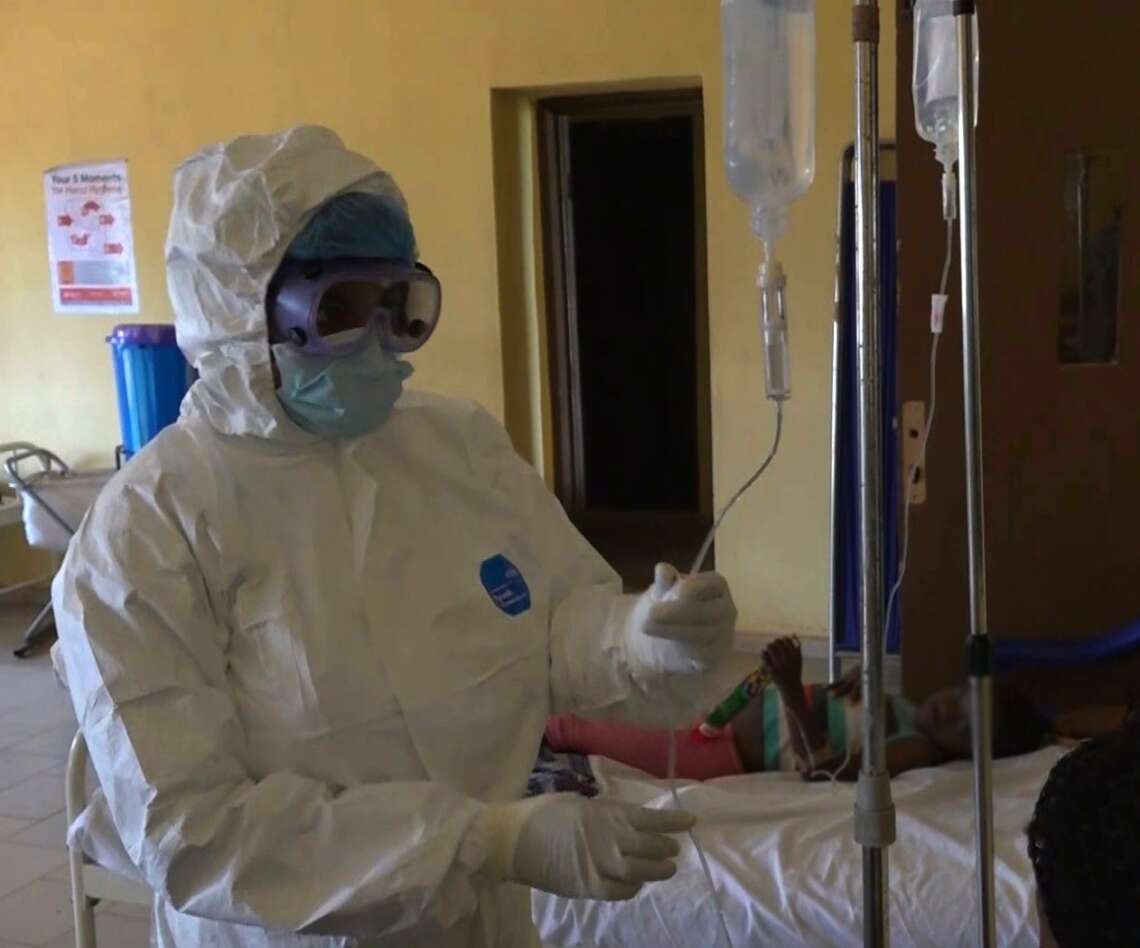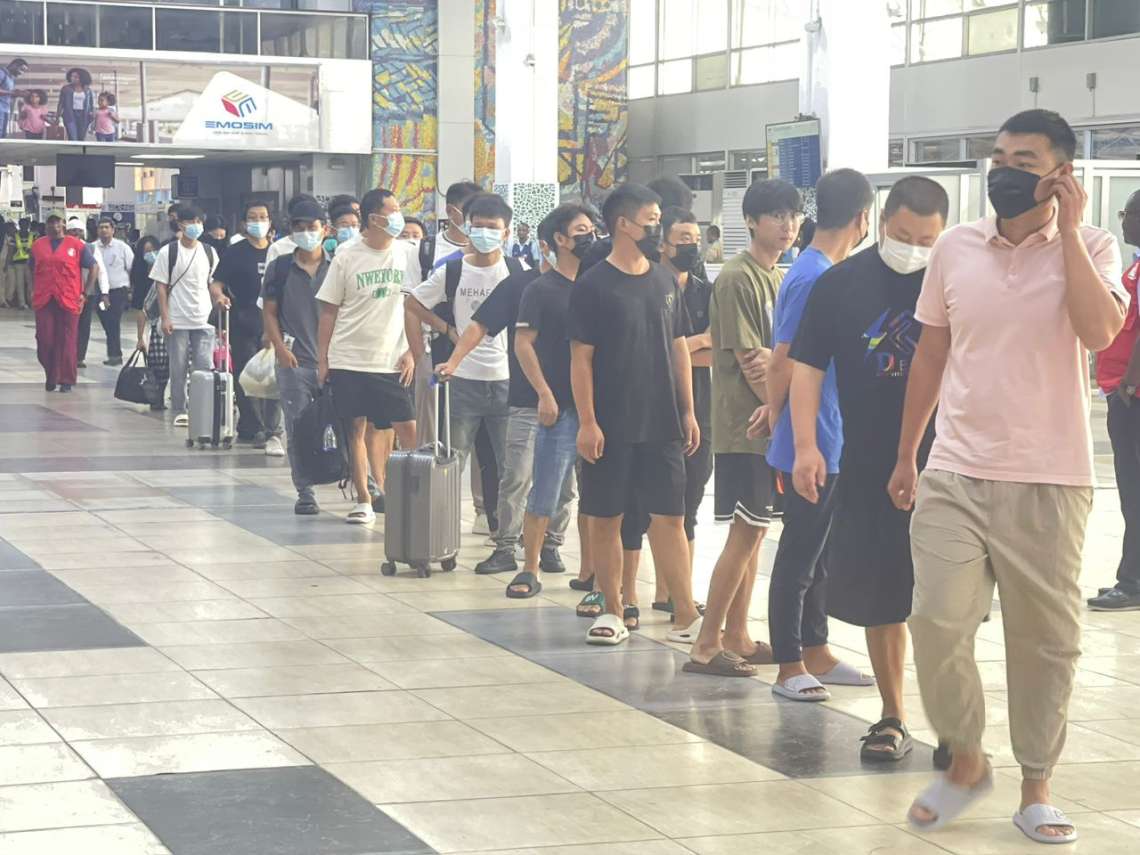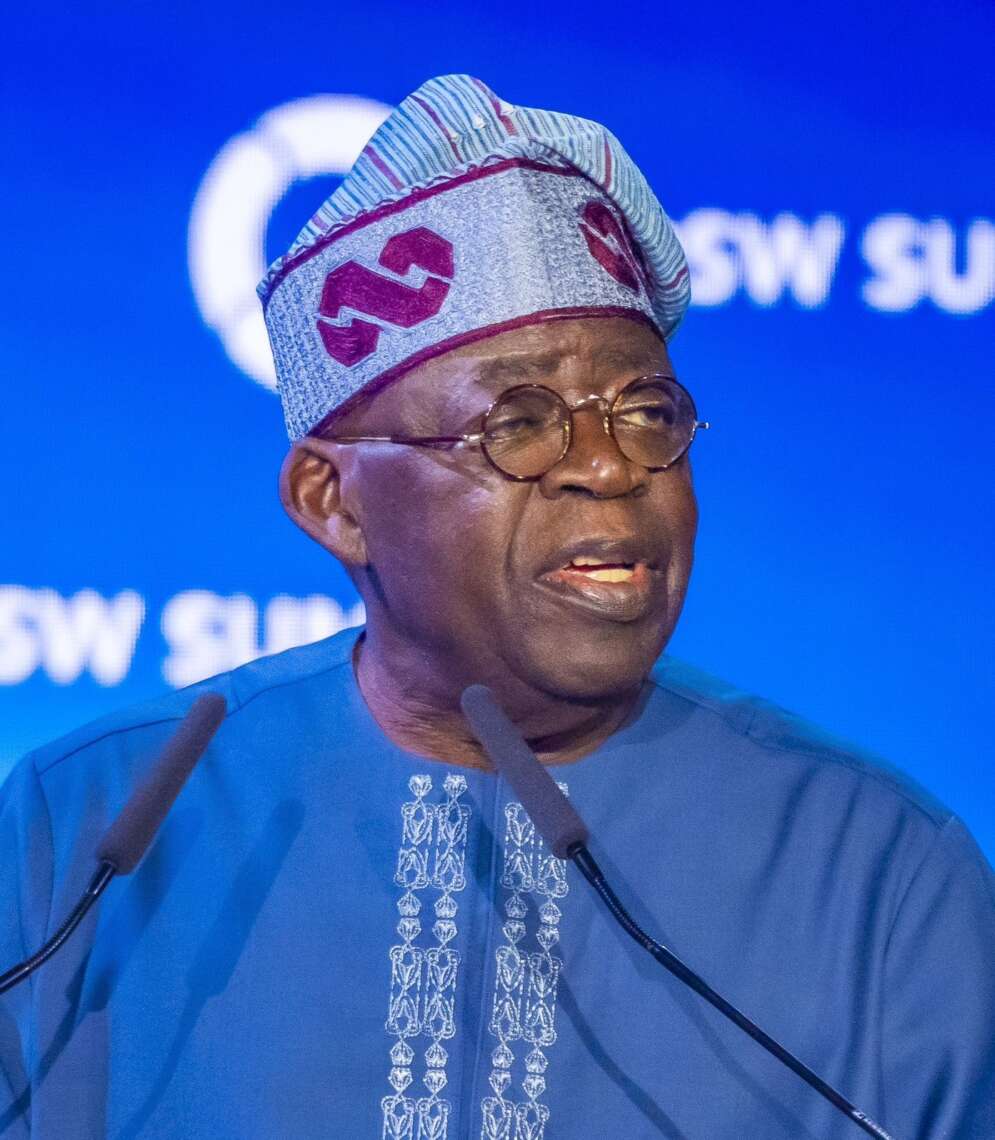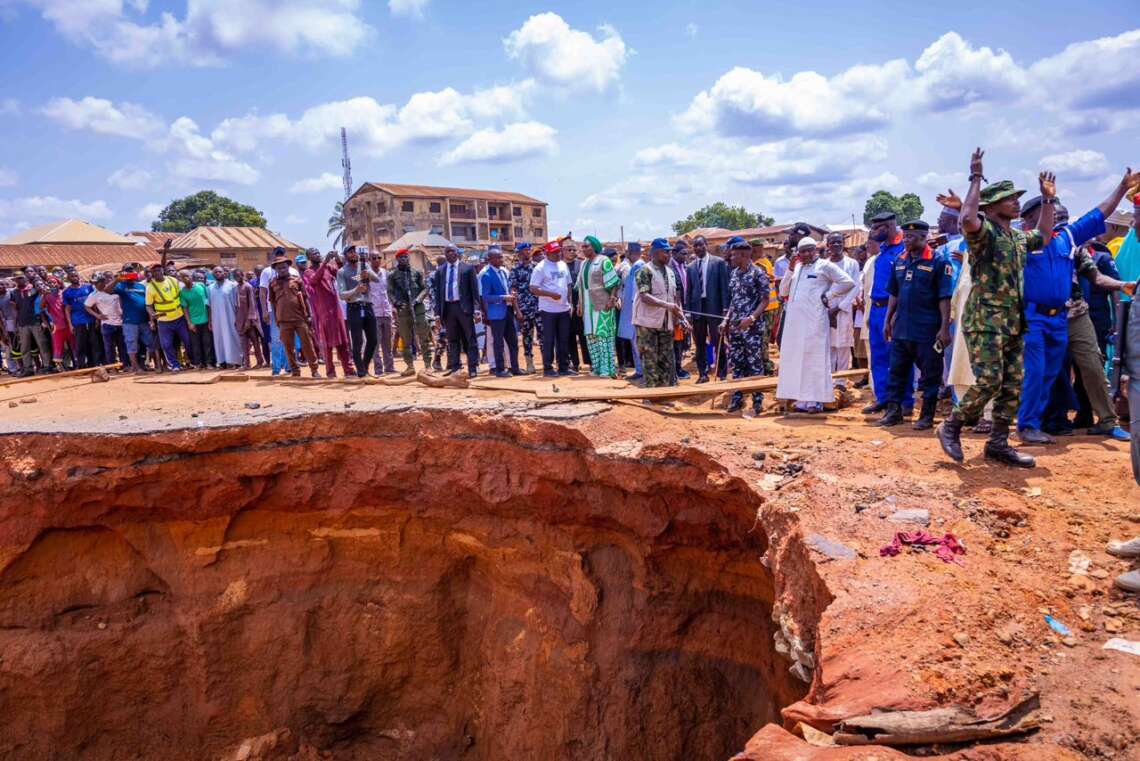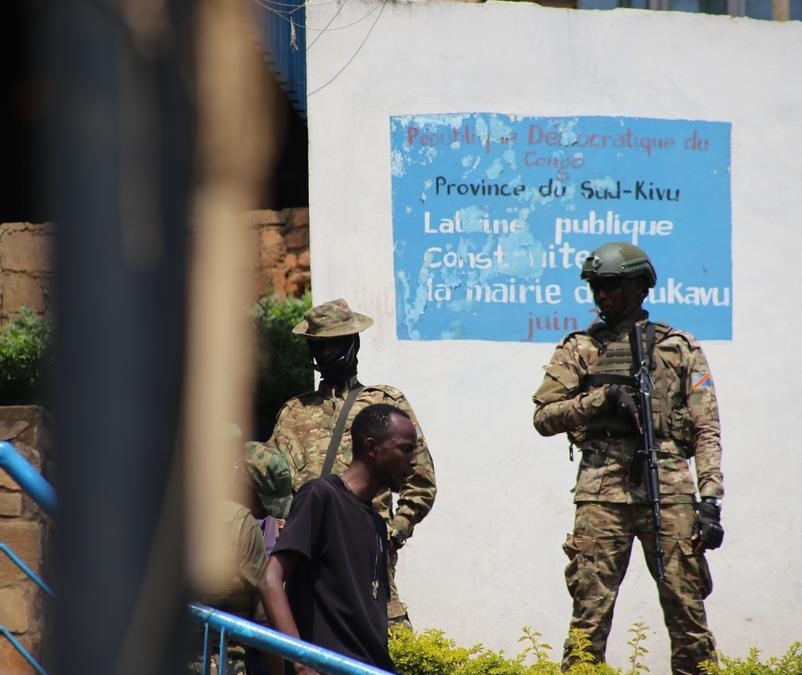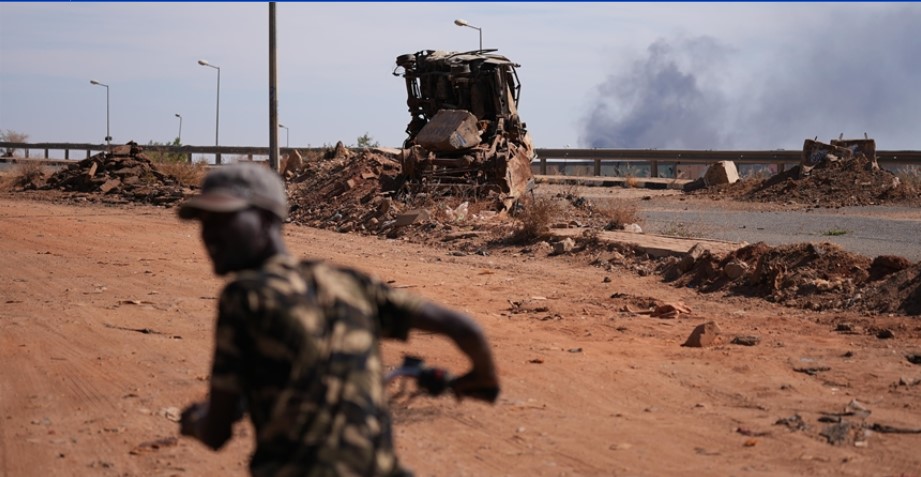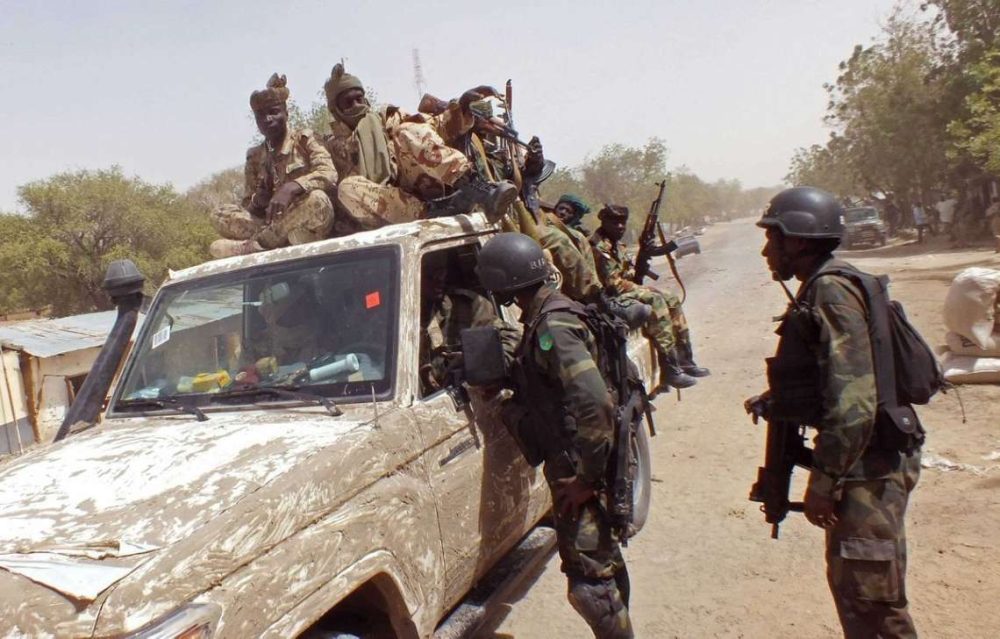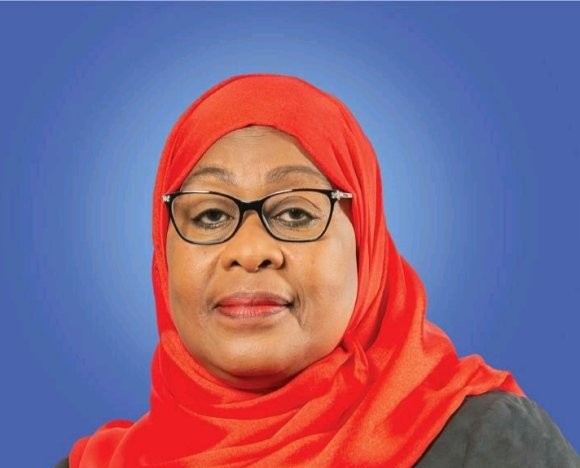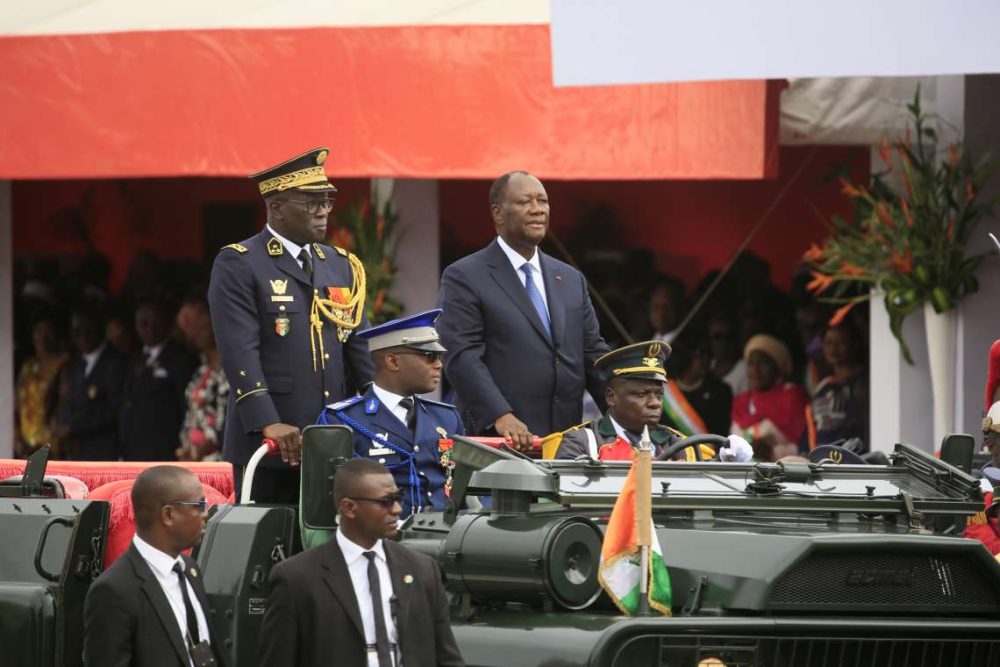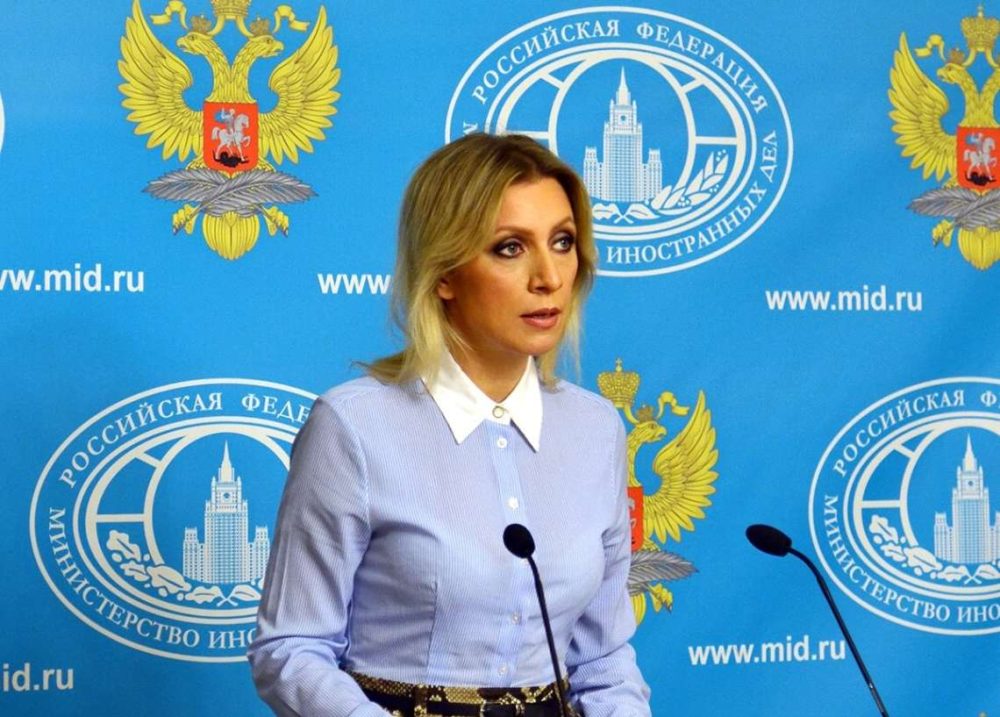Nigeria has been grappling with a long-running insurgency in its northeast, primarily driven by the Islamist armed group Boko Haram and its offshoot, Daesh West Africa Province
At least 23 farmers and fishermen were killed and others abducted by suspected Islamist militants in northeastern Nigeria’s Borno state this week, security sources and local residents said.
Nigeria has been grappling with a long-running insurgency in its northeast, primarily driven by the Islamist armed group Boko Haram and its offshoot, Daesh West Africa Province.
The latest attack happened in the village of Malam Karanti on Thursday morning, the security sources and residents said. A spokesman for Nigeria’s army did not respond to phone calls and text messages seeking comment.
Local resident Sani Auwal said by phone that militants had gathered farmers and fishermen near the village and killed 23 people, many of them bean farmers. They spared an elderly man who later alerted the community, he said.
Another local resident Usman Ali said the community had tried to recover the bodies of those killed but had been chased back by the militants.
Last month Borno’s governor acknowledged that Boko Haram had renewed attacks and kidnappings in the state, reversing previous gains by security forces.
Lassa Fever Outbreak Kills 138
In Nigeria, the death toll from the Lassa fever outbreak in Africa’s most populous country has reached 138 since the beginning of this year.
The Nigeria Centre for Disease Control and Prevention (NCDC) said 717 confirmed cases have been recorded so far. With this, the case fatality rate has risen to 19.2 per cent, the NCDC said, noting that overall, this rise in the casualties figure remained alarming.
At least 18 out of the 36 states in the country have been affected by the viral haemorrhagic disease so far this year. According to the World Health Organisation, Lassa fever is an acute viral haemorrhagic illness caused by the Lassa virus, a member of the arenavirus family of viruses.
Humans usually become infected with the Lassa virus through exposure to food or household items contaminated with the urine or faeces of infected Mastomys rats. Diagnosis and prompt treatment are essential to treat the disease. Early supportive care with rehydration and symptomatic treatment improves survival.
Nigeria sees highest growth in 10 years
Nigeria’s gross domestic product (GDP) grew by 3.4% in 2024, the World Bank said in a new report published last Monday. That’s the highest rate of growth since 2014, excluding the 2021-2022 COVID-19 rebound, the bank said.
The acceleration in Nigeria’s GDP growth was driven mainly by a continued oil and gas sector recovery and strong growth in the tech and finance industries, according to the latest Nigeria Development Update. The World Bank expects the rate of growth of Nigeria’s economy to slightly increase in 2025 to 3.7%.
At the same time, the country’s agriculture sector showed slow growth, the bank warned, because of insecurity in the Middle Belt and high input costs. The Middle Belt refers to a broad sweep of 14 states across the center of Nigeria.
Hundreds of thousands of hectares of farmland have been abandoned there because of ongoing violent clashes, often between farmers and nomadic herdsmen.
At a presentation of its report in the capital Abuja, the World Bank praised government reforms in Africa’s largest economy. President Bola Tinubu implemented a broad swath of economic reforms after winning the 2023 elections.
These include ending costly petrol subsidies, slashing electricity allowances and twice devaluing the naira currency. A recent report by the International Monetary Fund (IMF) on Nigeria also praised the reforms and issued a warning about high levels of poverty.
Tinubu recently justified his reforms, stressing that he made what he called “tough decisions” so that Nigeria could grow. “We are gradually seeing the light at the end of the tunnel,” Tinubu said on Friday.
But the reforms have come at a cost for many ordinary Nigerians, who are facing the worst cost-of-living crisis in nearly 30 years, according to Human Rights Watch.
Successive years of rising inflation and surges in food prices have seen poverty soar in the West African nation — although some key staples have become cheaper in the past few months. Nearly half of all Nigerians lived in poverty in 2024, the World Bank update found, making Nigeria home to the world’s second-largest poor population after India.
The 2024 Global Hunger Index ranks Nigeria 110th out of 127 countries. Nearly a third of its children are stunted because of chronic undernutrition.
While inflation is expected to fall over the course of this year, it is still forecast to remain high at an average of 22.1%, the World Bank said.
“Labor incomes have not kept up with inflation, depleting the purchasing power of Nigerians. Poverty has deepened and broadened, especially among urban Nigerians,” it said.
There is a need for the economy to generate more and better jobs at scale and reduce poverty, the bank noted, especially if it wants to reach its goal of achieving a $1 trillion (€900 billion) economy by 2030.


